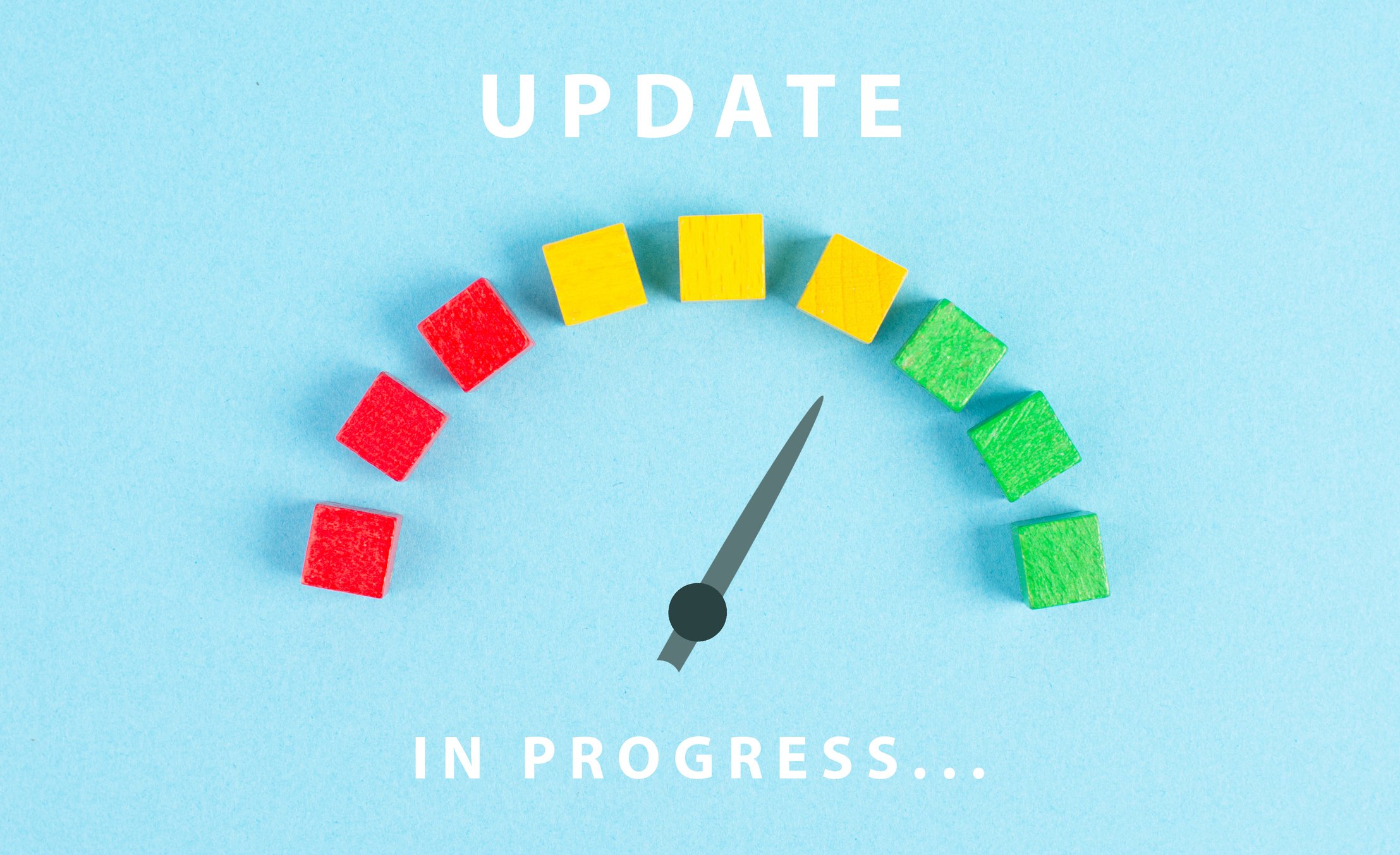There are several important age-related milestones you reach as you near and enter retirement. One of the most important is age 59.5. This marks the point at which you can FINALLY withdraw from your retirement accounts, such as 401(k)s and IRAs, without penalty.[1][2] This is also the date at which your investment planning and retirement strategy needs to shift.
Up to this age, you have primarily been in the accumulation phase of your life. This is the period in which you are actively contributing to retirement plans, taxable brokerage accounts, and padding your bank balance. It’s prime time for building up your nest egg.[3] But the intervening years between this age and the age at which you retire are especially important. It’s known as the ‘fragile decade’, as mistakes in your planning and poor investment returns have an outsized impact on your ability to retire comfortably.
You can’t control timing
Large shocks to your investment portfolio during this period are especially difficult to recover from. Not only may it force you to work longer as your portfolio recovers, it can also irreparably harm your retirement outlook. This is because the timing of your returns matters and you can’t control it one bit! Consider this example below:
Portfolios A and B model a retiree taking a typical 4% from their accounts each year in retirement with an investment entirely in the S&P 500 index. Portfolio A has historical returns from the years 2000 – 2015, which begins with the notorious dot com bust. Portfolio B has the very same returns but with the sequence inverted. The dot com bust for portfolio B happens at the end of the 16-year period rather than the beginning.
The retiree takes $640,000 from the portfolio over the period and ends with a little over $666k. It’s not bad. But portfolio B is a better story.
Both portfolios have the same return of 4.02% and withdraw the same amount of money. But portfolio B is in significantly better shape. That fortunate retiree didn’t have their portfolio cut in half in the first few years with another ~27 or so years to go in retirement!
You may not be completely ready to retire at age 59.5, but if you haven’t started preparing your portfolio for the transition then you need to begin. This is the time to add in boring and less volatile fixed income securities (primarily bonds). Just how much you should add is a function of your age, total savings, time to retirement, expenses, and risk tolerance. There isn’t a one size fits all solution. If you’re not sure how to structure this transition and update your portfolio appropriately, then give us a call. We can help.
Other major considerations
There are other important choices to make that go beyond the routine portfolio work you’ll complete. How much longer will you continue to work and fund your retirement accounts? What will you do for healthcare if you retire between now and age 65? How will your tax situation change if you begin to pare down the number of hours you work? When should you claim Social Security?
The answers to these questions may not be easy to determine, or at least not without a little guidance at different points along the way. This is the time to get serious about retirement planning if you haven’t already. Your financial picture needs to change. So does your mindset as you prepare to switch over from saving money to spending it. If you aren’t sure where to start or just want a sounding board along the way, then reach out and give us a call. We’ve guided hundreds of people to a happy, secure, and worry-free retirement and we can help you, too. Contact us for a complimentary review today!
[1] https://www.investopedia.com/terms/1/401kplan.asp#toc-taking-withdrawals-from-a-401k
[2] https://www.investopedia.com/terms/i/ira.asp
[3] https://www.investopedia.com/terms/a/accumulationphase.asp












